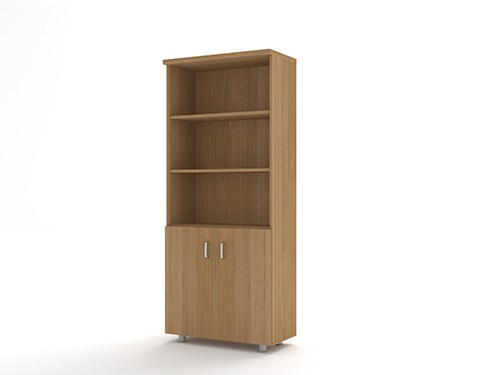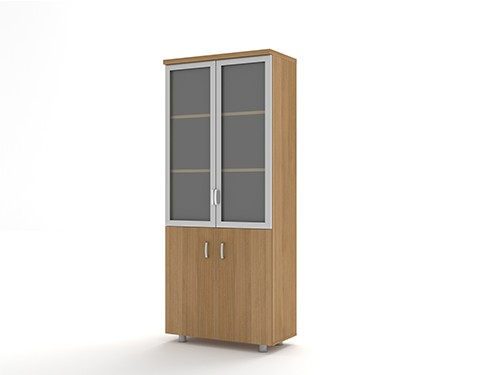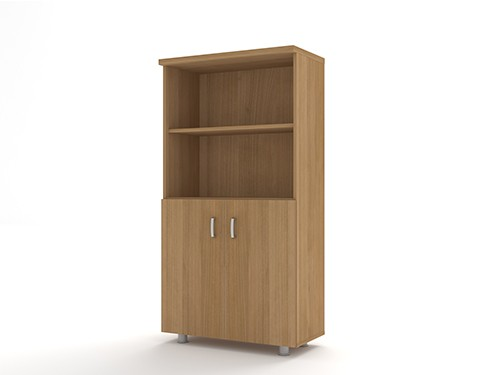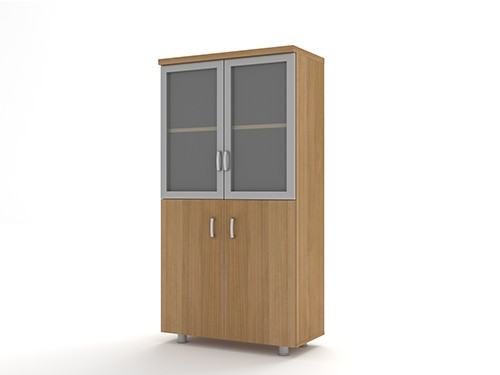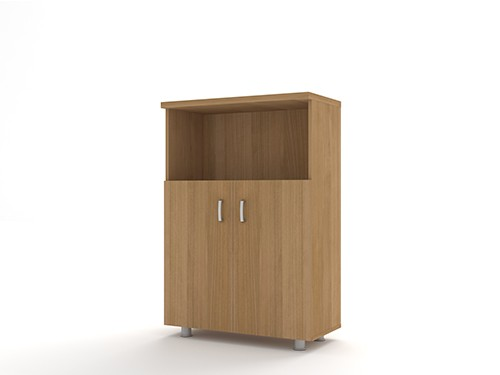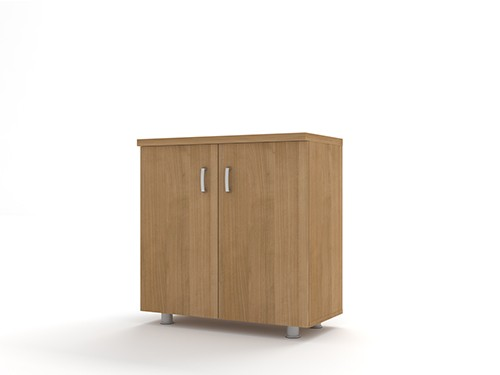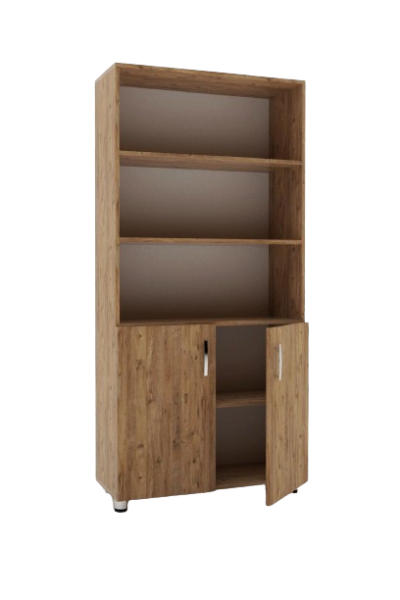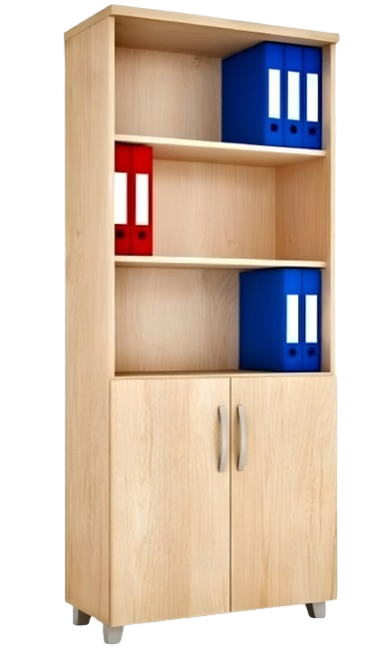File cabinet
A file cabinet is a simple piece of furniture that plays a far more important role in human life than it seems. Traditionally used in offices, libraries, and institutions, it also proves its value in homes. The organized storage of documents saves both time and energy in personal and professional life. Knowing the exact place of each document means staying away from chaos. Although these cabinets have changed over the years, their main function has remained the same: to protect information on paper. At first glance, it may appear ordinary, but the file cabinet is the “silent hero” of working life. Produced in various sizes and shapes, these items can be adapted to every need. Being made of durable materials guarantees long-lasting use. From traditional wooden cabinets to modern metal and plastic options, there is a wide range of choices. Having a file cabinet is not only about convenience but also about security. Important contracts, birth certificates, and other essential documents remain safe there. As technology has advanced, the function of file cabinets has also somewhat evolved. Nevertheless, people have not yet fully replaced paper carriers. Having even a small file cabinet at home makes daily life easier. Its absence, on the other hand, can cause great confusion when needed most. A file cabinet is a sign of both discipline and responsibility. Thanks to it, people can preserve documents kept for years without losing them.The Role of File Cabinets in Modern Offices
In today’s offices, file cabinets still maintain their significance. Even though the transition to digital systems has increased, paper-based documents have not completely disappeared. Many organizations still prefer to keep original contracts and records in physical form. In this regard, the file cabinet is indispensable. It allows employees to quickly find the necessary document. File cabinets are also part of overall office organization. Without them, everything could remain scattered across desks. This not only slows down work speed but also reduces productivity. Modern cabinets come with various features. For example, fire-resistant and waterproof models stand out. This allows documents to remain protected during natural disasters or accidents. In addition, some cabinets are equipped with biometric locking systems. From a security perspective, this is a major advantage. Although traditional key-locked cabinets are still in use, models enhanced with new technologies attract more interest. The presence of a file cabinet in offices symbolizes both order and reliability.
Alternatives to File Cabinets in the Digital Age
In recent decades, the rapid development of digital systems has introduced alternatives to file cabinets. Cloud storage, servers, and online archives have partially replaced physical cabinets. These alternatives save space and provide access to information from anywhere. However, they also have drawbacks. Power outages, cyber threats, and technical problems sometimes pose great risks. For this reason, many organizations use both digital and physical storage systems together. One advantage of digital archives is the speed of file searching. Yet, some legal documents are only accepted in their original form and must still be stored in cabinets. The question often arises: will technology eventually eliminate file cabinets entirely? At present, the answer seems to be “no.” Having a physical document at hand still provides a sense of security. On the other hand, digital systems are invaluable for flexibility and convenience. The coexistence of these two approaches is the reality of the modern era.
Using File Cabinets at Home: Practices and Benefits
Using a file cabinet at home is also very beneficial for personal life. Everyone has important documents such as birth certificates, educational diplomas, medical papers, and so on. Storing these in a disorganized way can cause serious problems when they are needed. Small-sized file cabinets are ideal for this purpose. With their help, documents can be categorized and easily found. Additionally, having a lockable cabinet ensures security. This is especially important for families with children. A file cabinet at home is also a symbol of neatness and order. It helps individuals manage important aspects of their lives in a planned way. Many people assume that file cabinets are only for offices. But this is a misconception. A small file cabinet at home can prevent years of potential problems. When needed, there is no need to spend hours searching for a document. This saves both time and nerves. At home, file cabinets make daily life easier and safer.
The Design and Aesthetics of File Cabinets
File cabinets are not only functional but also aesthetically significant. In modern interior design, their appearance is chosen to match the overall style of the office or home. In minimalist-style offices, simple-lined and light-colored cabinets are preferred. In classic interiors, the warm atmosphere of wooden cabinets is more favored. Color choice can also affect psychological comfort. For example, light colors create a sense of order and clarity. Some manufacturers offer specially designed cabinets. Models with glass doors or metallic patterns add a modern look. Design must also take practicality into account. For very narrow corridors, sliding-door cabinets are more convenient. In large offices, multi-compartment systems are widely used. Having aesthetically appealing file cabinets enlivens the work environment. Employees enjoy working not only in a functional but also visually pleasant setting. From a visitor’s perspective, the appearance of the file cabinet conveys an image of professionalism and attention to detail. Ultimately, the file cabinet becomes not just a storage tool but also a decorative element.
File Cabinets and Security
One of the most important functions of file cabinets is security. It is undesirable for important documents to fall into everyone’s hands. For this reason, locking systems play a crucial role. Traditional key locks are still common. However, in recent years, combination and biometric locks have become more popular. Biometric systems operate through fingerprint or facial recognition technology. This ensures that only authorized individuals can access the documents. Fire- and water-resistant cabinets are also vital for safety. In sudden incidents, the greatest loss is often the destruction of documents. Some cabinet models are equipped with special fire insulation. Others are made of waterproof materials. The location of the cabinet also matters for security. Keeping it out of sight provides extra protection. Overall, the security features of a file cabinet give people peace of mind and confidence.
The Importance of File Cabinets for Small Businesses
For small businesses, file cabinets often act as a cost-saving solution. Transitioning to digital systems can sometimes be expensive. In this case, a simple but organized file cabinet can make everything easier. Tax records, contracts, and daily reports can all be stored in one place. For small business owners, every minute counts. Thanks to a file cabinet, finding the needed document quickly speeds up workflow. Without it, disorganization could seriously disrupt business operations. Moreover, losing written contracts with clients may lead to legal troubles. For small businesses, this can sometimes lead to collapse. Therefore, even a basic file cabinet carries great importance. Their affordability also makes them a common choice. Even second-hand file cabinets are widely used in small companies. They are both economical and practical. Many small business owners even refer to the file cabinet as “the heart of the work.”
Materials Used in File Cabinets
The most common materials used in file cabinet production are metal, wood, and plastic. Metal cabinets stand out for their durability and longevity. They are also more resistant to fire and shocks. Wooden cabinets, on the other hand, offer an aesthetic look and are suitable for those who prefer a classic style. However, wood is weaker against moisture and pests, which is a drawback. Plastic cabinets are lightweight and easy to transport. They are mainly used in homes and small offices. In recent years, glass-metal combination cabinets have also been produced. These models are both modern in appearance and functional. Each material has its strengths and weaknesses. User choice depends mainly on placement location and budget. For example, large companies tend to prefer metal cabinets. At home, wooden or plastic cabinets are more popular. The choice of material determines both the durability and appearance of the cabinet.
Quality Indicators of File Cabinets
A quality file cabinet should be usable for many years without problems. The first indicator is the strength of the material. The cabinet should not scratch or deform easily. The second indicator is the smooth operation of its mechanisms. Drawers that open and close easily increase work speed. The reliability of the locking system is also an important quality factor. If the lock breaks quickly, the cabinet’s security is compromised. A quality cabinet also has neatly finished edges and sturdy fixtures. In poor-quality cabinets, loosening and sagging are often observed. The durability of the paint or lacquer coating is also important. A poor-quality finish peels off quickly, making the cabinet look old. Quality indicators also include the reputation of the manufacturer. Well-known brands offer long-term warranties. Ultimately, a high-quality file cabinet means both convenience and security.
Durability and Longevity of File Cabinets
Durability is one of the most important features of a file cabinet. Whether in offices or homes, cabinets are exposed to daily use. Therefore, longevity is closely linked to quality. Metal cabinets are considered the most durable. They can carry heavy documents for years. The durability of wooden cabinets depends on the type of wood used. Cabinets made from strong wood can last decades. Plastic cabinets, however, have a shorter lifespan. Still, they are practical due to their lightweight design. Durability also depends on manufacturing technology. High-quality screws and fasteners extend the cabinet’s lifespan. Proper maintenance is another factor ensuring longevity. Regular cleaning and careful use greatly prolong service life. Thus, durability depends on both material and user behavior.
Types of File Cabinets Based on Functionality
The functionality of file cabinets varies depending on their intended use. The most common type is drawer cabinets, which are suitable for storing documents horizontally. Vertical file cabinets, however, allow papers to be stored in special folders. Multi-compartment cabinets are more convenient for large organizations. They make it possible to store documents of different departments separately. Lockable models are chosen for security reasons. Mobile (wheeled) cabinets are preferred for their easy transport. Wall-mounted compact cabinets are used in small spaces. Shelf-type cabinets are suitable for both documents and books. Fire-resistant cabinets are mainly used in special archives. Functionally, the chosen model must fully meet the user’s needs. Choosing the wrong cabinet could create more problems. Therefore, the type of file cabinet should be adapted to work and space requirements.
Get a quote with one click!
Fill out the form and get a private individual offer for your business as soon as possible.
